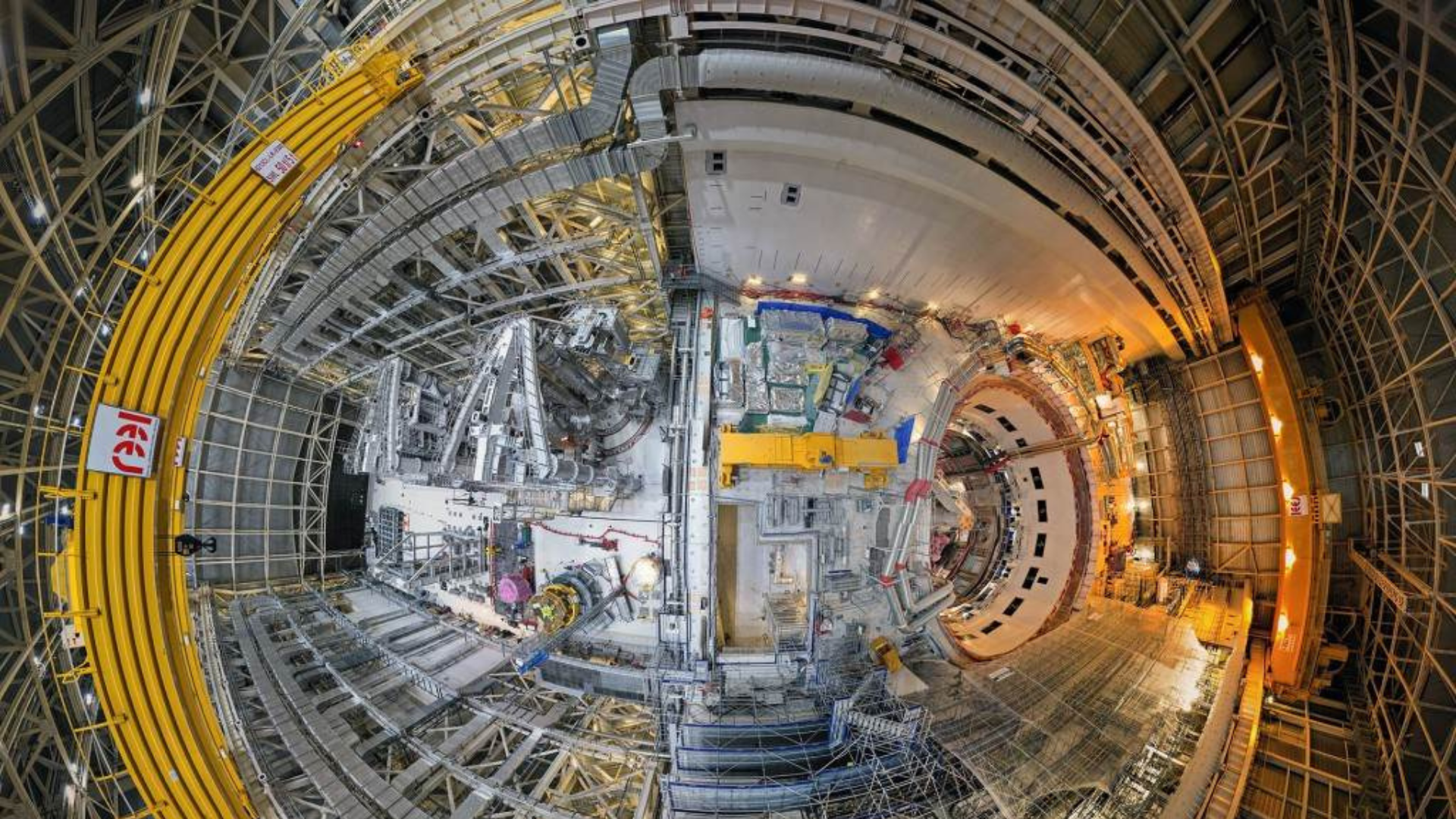According to Director General Pietro Barabaschi, the commissioning of the International Thermonuclear Experimental Reactor (ITER) in France has been delayed by 15 years.
The first test of the ITER fusion reactor is now expected to reach full magnetic energy in 2036 – a three-year delay from the 2016 baseline – while the start of the deuterium-tritium exploitation phase in 2039 represents a four-year delay.
This announcement means that hopes of generating commercial fusion from ITER have been dashed for now. It will take years before it provides a viable solution to the climate crisis.
Barabaschi also argued that the world should not continue to wait for nuclear fusion energy to be the solution to the problems we face.
“Fusion cannot come in time to solve the problems facing our planet today, and investments in other technologies, known and unknown, are absolutely necessary,” he said at a news conference on Wednesday.
Delays in the ITER project baseline explained
According to Barabaschi, the baseline designed in 2016 has not been feasible for a few years now. “Since October 2020, it has been made clear publicly and to our stakeholders that First Plasma in 2025 was no longer feasible.”
He also indicated that the Covid-19 pandemic played a major role in missing the deadline, as it forced the closure of a number of factories supplying ITER components, reduced workforce and other consequences such as shipping backlogs and challenges in carrying out quality controls.
In addition, the production of some unique parts for ITER proved to be more challenging than initially thought, leading to delays.
The “First Plasma,” scheduled for 2025, is designed as a short, low-power (100 kiloAmperes) machine test using only hydrogen. This will be followed immediately by assembly and commissioning in four successive phases, with full plasma current (15 MegaAmperes, 150x higher current than the 2016 baseline First Plasma) not reached until 2033.
“We could have retained the Baseline 2016 roadmap, but that would have made no sense given the availability of additional key components to build a more complete machine,” the official said, according to a press release.
The new baseline and project goals
According to ITER officials, the new baseline calls for the start of the research operation (SRO) in 2034, with a more complete machine, followed by 27 months of substantial research.
Reaching full magnetic energy will occur about three years later than 2033, the current target is 2036.
The Deuterium-Deuterium fusion operation is scheduled for 2035, approximately the same time as in the previous baseline. However, the start of the Deuterium-Tritium Operation Phase will be approximately four years later than the previous baseline, from 2035 to 2039.
Another important update is that the reactor now uses tungsten instead of beryllium for the first wall (material facing the plasma).
More than 30 countries are working together to build the International Thermonuclear Experimental Reactor (ITER) in the south of France.
The ITER design also uses the tokamak approach, in which hydrogen fuel is injected into a torus or doughnut-shaped vacuum chamber and heated to create plasma, replicating conditions on the sun. At extremely high temperatures of 150 million degrees, the fusion reaction begins.
The ITER tokamak design uses niobium-tin and niobium-titanium as the materials of choice for its magnets. The coils are energized and then cooled to temperatures four degrees above absolute zero (-269 degrees Celsius) to make them superconducting.
ABOUT THE EDITORS
Abhishek Bhardwaj Abhishek brings a wealth of experience in covering diverse stories across different beats. He has contributed to renowned news agencies and Indian media channels like ANI and NDTV and has a keen interest in Tech, Business and Defence coverage.
